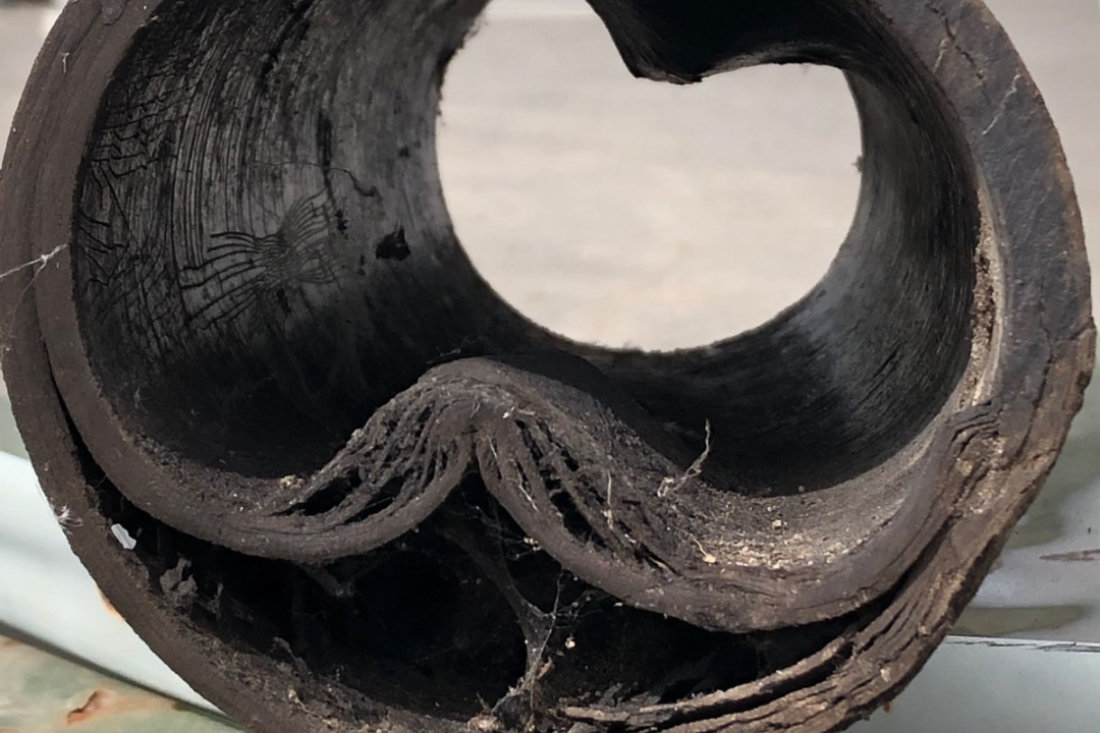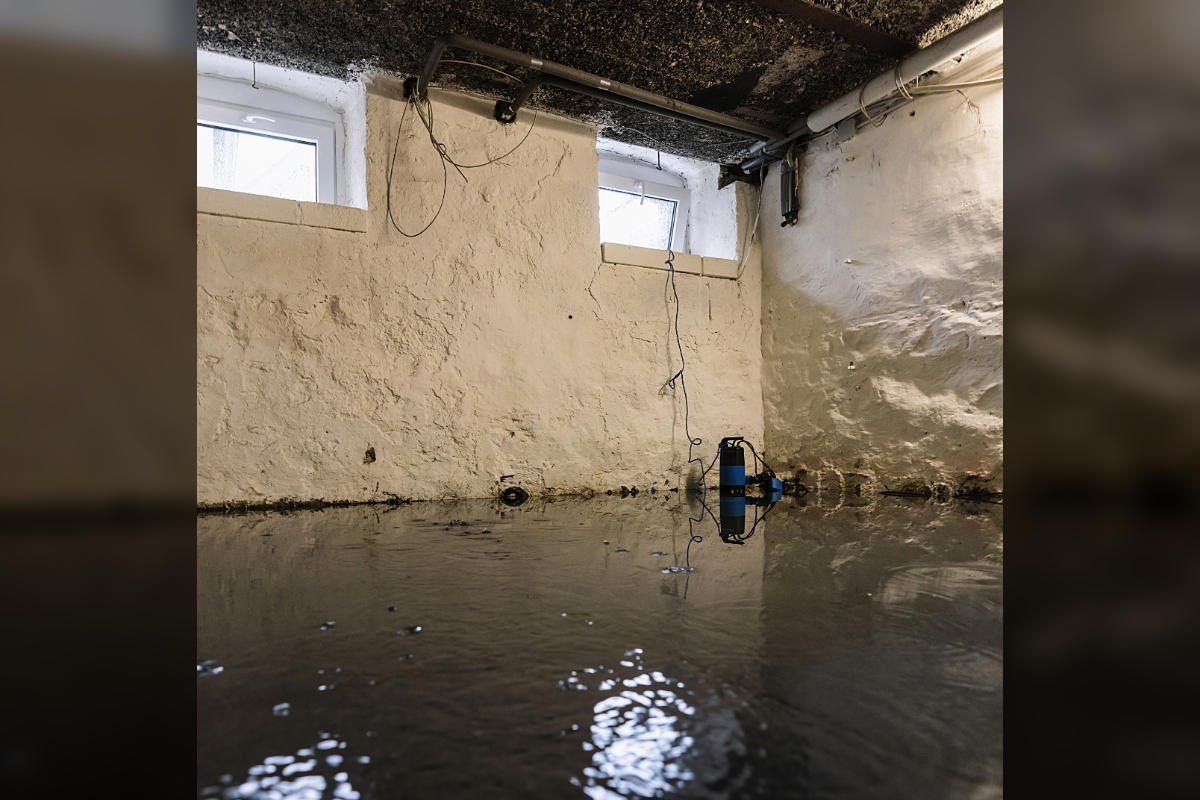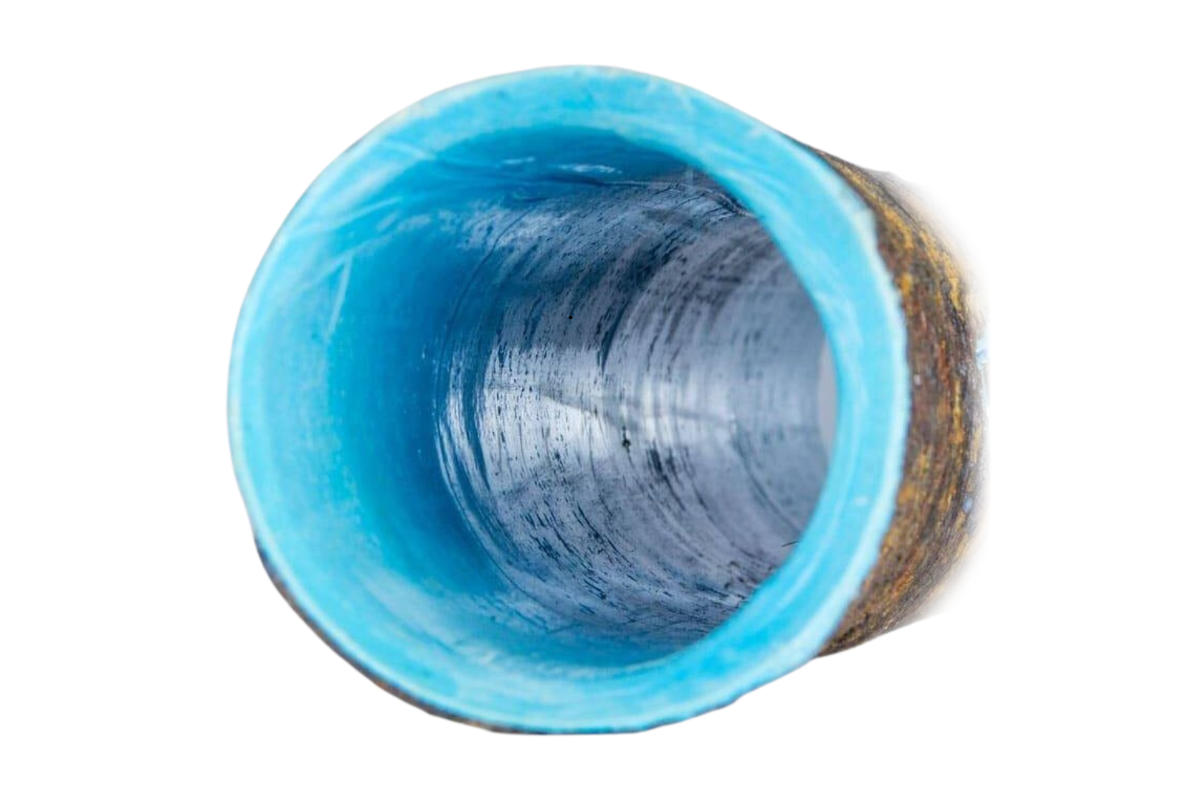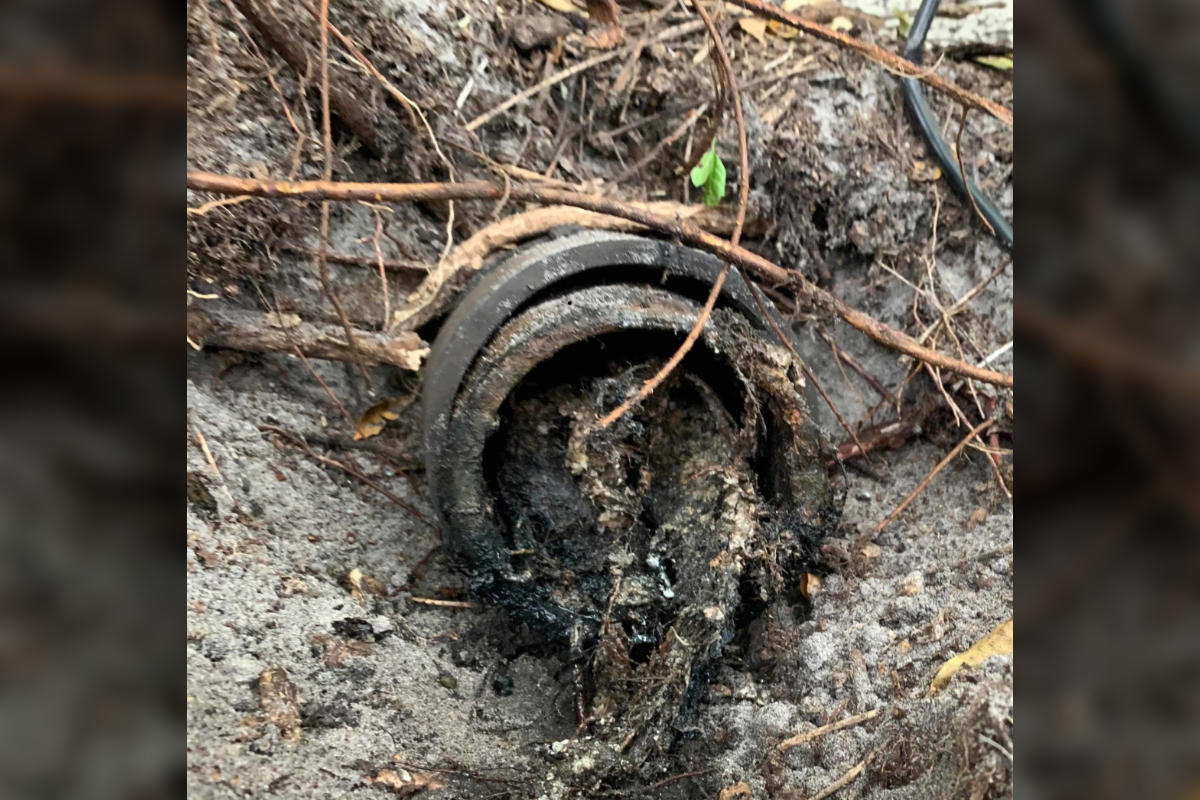Understanding Orangeburg Pipe: What You Need to Know

If you’re a homeowner or in the process of buying a home, understanding the components of your property’s plumbing system is essential. One term you might come across is “Orangeburg pipe.” This unique type of pipe material has a history, characteristics, and potential issues that homeowners should be aware of. In this article, we’ll delve into the world of Orangeburg pipe, addressing questions like why you might need to replace it and whether your home has it.
What is Orangeburg Pipe?
Orangeburg pipe, named after the town of Orangeburg, New York, where it was first manufactured, is a type of sewer and drainage pipe made from a mixture of wood fibers and bitumen (a black, sticky substance derived from petroleum). It was widely used in residential plumbing systems from the late 1940s to the early 1970s due to its affordability and ease of installation.
Orangeburg pipes are recognizable by their distinctive appearance, resembling a dense, black cardboard tube. While this material was once thought to be a cost-effective solution, it has since gained a reputation for its susceptibility to deterioration and a limited lifespan.
Why Do You Need to Replace Orangeburg Pipe?
The main reason Orangeburg pipes are now considered problematic is due to their composition and vulnerability to degradation over time. The wood fiber and bitumen mixture that forms these pipes is not as durable as other pipe materials like clay, PVC, or metal. Over the years, Orangeburg pipes can become brittle, deform, and collapse under pressure, leading to a range of plumbing issues.
Common problems associated with Orangeburg pipes include:
- Blockages and Clogs: The inner surface of Orangeburg pipes can degrade and become rough, allowing debris to accumulate, and causing frequent blockages.
- Leaks and Breaks: As the material weakens, cracks and breaks can occur, leading to leaks and potential water damage.
- Root Intrusions: The weakened pipes are more susceptible to tree root infiltration, as roots can easily penetrate the material.
- Sewage Backup: Collapsed or deformed Orangeburg pipes can cause sewage backups, posing health risks and requiring immediate attention.
Does My Home Have Orangeburg Pipe?
Determining whether your home has Orangeburg pipes requires a bit of investigation. If your property was built between the late 1940s and early 1970s, there’s a possibility that Orangeburg pipes were used in the plumbing system. To confirm their presence, consider the following steps:
- Consult Property Records: Check your home’s construction records or blueprints to identify the materials used in the plumbing system.
- Inspect Visible Pipes: If possible, inspect exposed pipes in your basement, crawl spaces, or around the perimeter of your property. Orangeburg pipes have a distinct appearance that sets them apart from other materials.
- Seek Professional Inspection: A licensed plumber or home inspector can accurately assess your plumbing system and identify the presence of Orangeburg pipes using specialized tools and knowledge.
In conclusion, understanding Orangeburg pipe is crucial for homeowners to make informed decisions about their plumbing systems. If your property has Orangeburg pipes, it’s advisable to consider replacement options to avoid potential plumbing emergencies and the associated costs. Consulting with a professional plumber can provide you with guidance on the best course of action based on your home’s specific circumstances.
continue reading
Related Posts
Sewer problems are an unfortunate reality for many homeowners in
If you’re experiencing sewer line problems, you may be dreading
Tree-lined streets are one of the most beautiful features of


